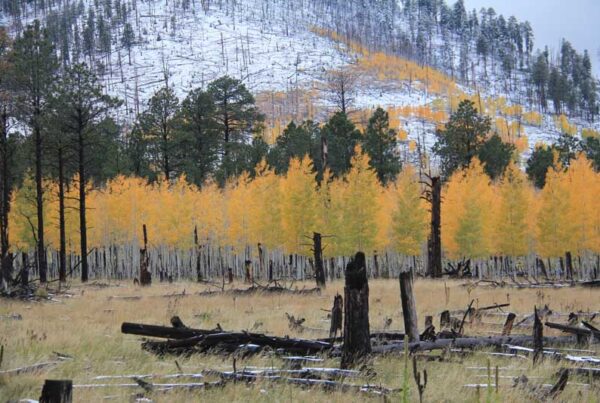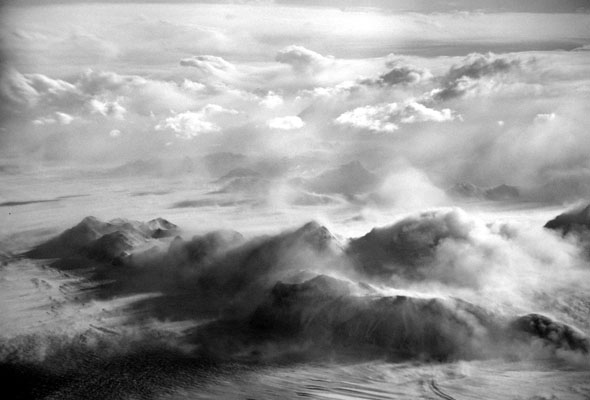Although McMurdo nightlife can be pretty wild on a Saturday night, wildlife in the general area thereabouts may be found any day of the week. For this week’s post I showcase some of my wildlife photos, except for the mummified seal, all taken within 20 miles of McMurdo Station. Three birds and two mammals are about all of the air-breathing, macrobiota that frequent McMurdo Sound.
Adelie penguins are the quintessential, tuxedoed avians. The closest rookery to McMurdo Station is at Cape Royds, a little more than twenty miles to the north. I have had numerous opportunities to visit it early in the season when the sea ice in the sound is still solid. It is also common that individual penguins or small groups will come waddling past the station, obviously not quite on track for either open water or the rookery.
The closest Emperor penguin rookery to McMurdo is located at Cape Crozier, about 50 miles around Ross Island at its eastern end. It was to this point that Apsley Cherry-Gerrard and his mates took their Worst Journey in the World. I have crossed paths only a few times with these most-stately representatives of their clan.
The ubiquitous skua is the scavenger of the southern realm. During the summer these powerful birds feed on penguin eggs and chicks. In bygone days, when open dumping was practiced in front of McMurdo Station, the skua population burgeoned, putting extra pressure on the Adelie rookeries around Ross Island. It’s slim pickins around McMurdo these days with every bit of waste, including foodstuffs, finding itself into some specific bin for retrograding and recycling. I have had skuas visit my camps more than 500 miles from open water. Sometimes they would accept some salami, sometimes not. Sometimes they would hang around for a day or two, then always move on, whither I have always wondered?
Weddell seals are quite common around McMurdo, lounging on the sea ice close to shore where tidal cracks give access to the surface. Practically their whole lives Weddell seals live in the water; mating takes place there. But birth and nursing of the new-borns takes place on the ice, out there in the open air, exposed to the surface elements, but safe from the predators beneath the ice.

Sometimes Weddell seals have become disoriented and crawled inland into the Dry Valeys where they have died and become mummified. This one is from Barstow Valley .
Orcas or Killer whales stalk the ice edge and leads of the seasonal ice of McMurdo Sound, hunting for penguins or seals. During the 1982-83 field season, I was working in the Dry Valleys. The Navy helo pilots liked to try to spot whales along the leads when they were flying across the sound, and who was I to say that I was in such a hurry to get to the rocks that they couldn’t stop for a closer look?
Gallery – Sastrugi 3.0
In keeping with the post above, this week’s gallery revisits sastrugi with an avian theme.




















ITS REALLY GOOD POST that describe in brief the wildlife of Antarctica. Showing images of Penguins is also appreciable and most suitable to all. Brief introduction of Antarctica is too good. All and from all corner, the post that can be shared to all.